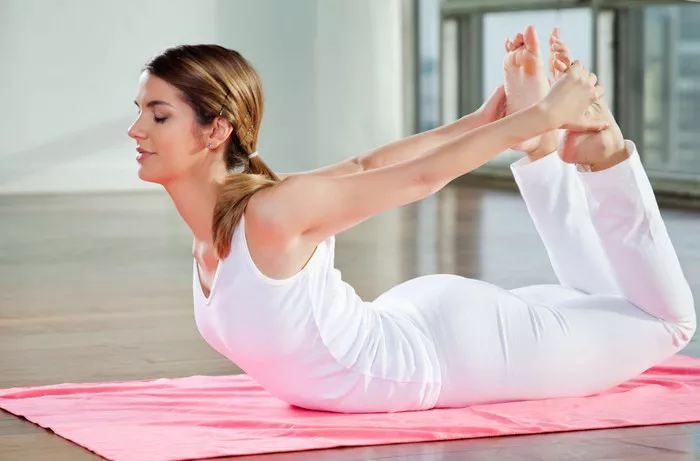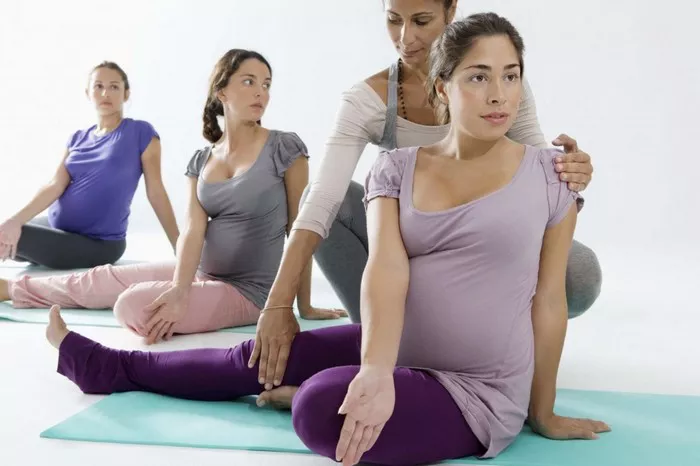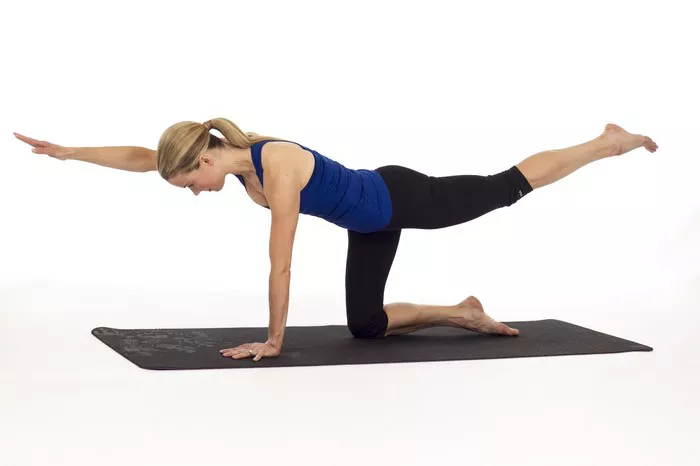Origins and Symbolism
The Bow Pose, known as Dhanurasana in Sanskrit, is a foundational yoga posture with deep roots in ancient yogic traditions. Its name is derived from the Sanskrit words “Dhanu,” meaning bow, and “Asana,” meaning pose. This pose symbolizes the archer’s bow, with the body resembling the shape of a bow when fully engaged.
In yogic philosophy, the Bow Pose holds significance beyond its physical form. It represents the willingness to face challenges with courage and openness. Just as an archer must draw back the bowstring before releasing an arrow, practitioners of Dhanurasana must first bend backward, surrendering to discomfort and tension, before finding balance and strength in the pose. This act of surrendering symbolizes the release of emotional and physical blockages, paving the way for deeper healing and transformation.
Physical and Mental Benefits
The Bow Pose offers a multitude of physical and mental benefits, making it a valuable addition to any yoga practice. Physically, it stretches and strengthens the entire body, particularly the back, shoulders, chest, abdomen, thighs, and ankles. This dual action helps improve flexibility, posture, and spinal health while alleviating tension and discomfort in the back muscles.
Additionally, Dhanurasana stimulates the organs of the abdomen, including the digestive organs and kidneys, promoting better digestion, detoxification, and elimination of waste from the body. The compression and release of these organs during the pose also stimulate the cardiovascular system, improving blood circulation and heart health.
On a mental and emotional level, the Bow Pose can be invigorating and uplifting. The act of opening the heart and chest can help alleviate feelings of anxiety, stress, and depression, while the physical exertion required cultivates focus, determination, and resilience. Regular practice of Dhanurasana can contribute to a sense of overall well-being, vitality, and emotional balance.
Variations and Modifications
Variations and modifications of the Bow Pose cater to practitioners of all levels and abilities, allowing individuals to adapt the pose to their unique needs and limitations. Some common variations include:
1. Half Bow Pose (Ardha Dhanurasana): In this variation, only one leg is lifted at a time while the opposite arm remains extended along the floor for support. This modification reduces the intensity of the pose while still providing many of the same benefits.
2. Rocking Bow Pose (Vyaghrasana): This advanced variation involves rocking forward and backward while holding the full expression of Dhanurasana. It adds an element of challenge and balance to the pose, requiring greater concentration and core strength.
3. Prop Modifications: Props such as yoga blocks or straps can be used to modify the pose and make it more accessible. Placing a block between the thighs can provide support and stability, while using a strap around the ankles can help those with limited flexibility reach their feet more easily.
By incorporating these variations and modifications, practitioners can tailor the Bow Pose to suit their individual needs and abilities, allowing for a safe and effective practice.
Step-by-Step Instructions
To practice the Bow Pose safely and effectively, follow these step-by-step instructions:
1. Begin by lying flat on your stomach with your legs extended behind you and your arms resting alongside your body, palms facing upward.
2. Bend your knees and reach your hands back to grasp your ankles, ensuring that your knees are hip-width apart.
3. Inhale deeply as you press your pubic bone into the floor and lift your chest, head, and thighs off the mat simultaneously.
4. Keep your gaze forward and maintain a gentle smile on your face to release any tension in the neck and jaw.
5. Engage your core muscles to support your lower back and avoid overarching.
6. Hold the pose for 20-30 seconds, breathing deeply and evenly.
7. To release, exhale as you gently lower your chest, head, and thighs back to the mat, releasing your ankles and returning to the starting position.
8. Repeat the pose 2-3 times, gradually increasing the duration as your strength and flexibility improve.
Precautions and Contraindications
While the Bow Pose offers numerous benefits, it may not be suitable for everyone. Individuals with the following conditions should exercise caution or avoid practicing Dhanurasana altogether:
1. Back injuries: Those with herniated discs, sciatica, or other back injuries should avoid or modify the pose to prevent exacerbating their condition.
2. Neck injuries: Individuals with neck injuries should keep their gaze forward and avoid straining the neck muscles during the pose.
3. High blood pressure: Dhanurasana can temporarily increase blood pressure, so individuals with hypertension should practice the pose mindfully and avoid holding their breath.
4. Pregnancy: Pregnant individuals should avoid practicing the Bow Pose, especially in the second and third trimesters, as it places pressure on the abdomen and may restrict blood flow to the uterus.
5. Recent abdominal surgery: Those who have undergone abdominal surgery should avoid practicing Dhanurasana until fully healed to prevent strain on the surgical site.
It is always advisable to consult with a qualified yoga instructor or healthcare professional before attempting any new yoga poses, especially if you have pre-existing medical conditions or concerns.
Conclusion
In conclusion, the Bow Pose (Dhanurasana) is a potent yoga posture with a rich history and a wealth of benefits for the body, mind, and spirit. By understanding its origins, benefits, variations, instructions, and precautions, practitioners can approach the Bow Pose with confidence and mindfulness, harnessing its transformative potential on and off the mat.






















